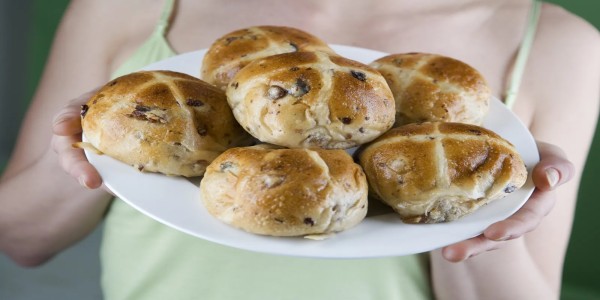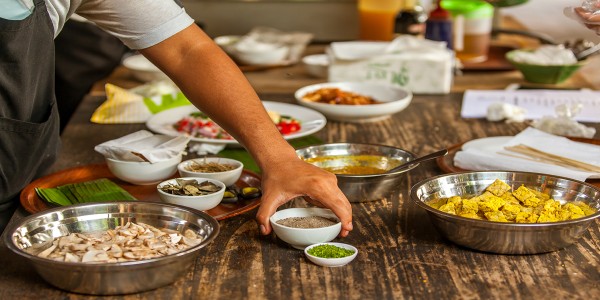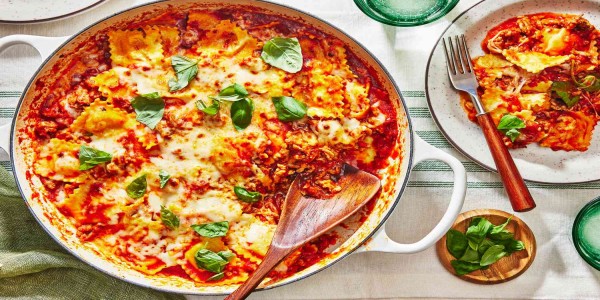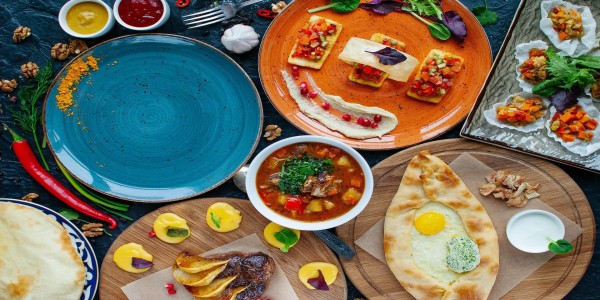The Art of Spice Cooking: Tasty Recipes for All Tastes
Spice Is Soul, Not Just Heat
People frequently picture scorching foods and burned taste buds when they hear the word "spice." The truth is that spice is about warmth, depth, and complexity rather than heat. It is the key ingredient in foods that cause you to close your eyes after only one bite.
Spices can transform even the most basic items into something remarkable, whether you are using coriander, cinnamon, or cumin.
What is the best part? To master them, you do not have to be a skilled chef.
The Significance of Spices
A distinct brushstroke is added by each one:
Cumin adds a sense of earthiness.
Paprika gives a hint of sweetness and smokiness.
Turmeric adds a golden light and warmth.
Cinnamon provides nostalgic warmth.
Cardamom adds layers of lemony, flowery freshness.
When spices are used carefully, they transform "what is for dinner?" into "what is this, wow?"
Advice about Using Spices in Cooking Bloom Your Spices Like a Pro
Toast your spices for 30 to 60 seconds in oil before adding broth or sauce. It produces a deeper flavor and releases their vital oils. Middle Eastern, Moroccan, and Indian cuisine frequently uses this method.
Strike a Balance in Boldness
Add something mild, such yogurt, coconut milk, or tomatoes, to balance out each strong spice, like cayenne or garam masala. Instead of overbearing heat, think of harmony.
Take It Easy, Then Apply Layers
You can always add extra, so start with less than you believe you will need. Over time, spices develop beautifully, particularly in braises, stews, and soups.
Make Use of Fresh Spices
Verify the expiration date.
It will taste bland if it has a subtle scent. For a significant taste boost, think about purchasing whole spices and grinding them yourself.
Delicious Recipes for All Tastes 1. Comforting & Vegetarian Golden Turmeric Lentil Soup
Essential Spices: Ginger, cumin, and turmeric
Cumin gives it depth, and turmeric offers warmth and an anti-inflammatory boost.
Spice Tip: Before adding anything else, toast the cumin in olive oil. That scent? Total comfort.
2. My favorite quick weeknight dish is paprika-spiced chicken thighs.
Essential Spices: Thyme, garlic powder, and smoked paprika
Apply a garlicky, smoky mixture to the chicken thighs, then bake or pan-fry them until they are crispy. Serve in tacos or over rice.
Alternate Spices: For a milder version, use sweet paprika or chipotle powder.
3. Rich and Fragrant Moroccan Chickpea Stew
Important Spices: Turmeric, cumin, coriander, and cinnamon
Sweet potatoes, tomatoes, and chickpeas are combined with comforting spices in this stew that is cooked slowly. Serve with warm flatbread or over couscous.
Flavor Layer: To add brightness, stir in a teaspoon of preserved lemon or harissa.
4. Rice Pudding with Cardamom Spice (Delicious & Calm)
Essential Spices: cinnamon and cardamom
Add crushed cardamom pods, a cinnamon stick, and a pinch of sugar to the rice while it is simmering in milk. Add pistachios or toasted almonds on top.
Pro Tip: For a subtle floral touch, finish with a dash of orange blossom or rosewater.
Making Your Own Blends of Spices
Start with a simple ratio of one part accent, two parts base, and a dash of heat.
Mexican-inspired: chile powder, smoked paprika, and cumin
Indian-inspired: garam masala, turmeric, and coriander
Inspired by the Middle East: cinnamon, allspice, and sumac
You may quickly create your own distinctive seasoning blends by labeling and storing them in sealed jars.
Conclusion: Using Spices in Cooking Is About Confidence, Not Complexity
Spices do not need to be frightening. They are a tale, not a science. In your own kitchen, you can channel centuries of tradition with a little bit of this and a little bit of that.
Let spices serve as your guidance whether you are cooking for celebration, curiosity, or comfort. Start out easy. Taste often. Additionally, follow your gut.
Because when you master the art of spice cooking, you do more than simply add flavor to food—you make it come to life.









